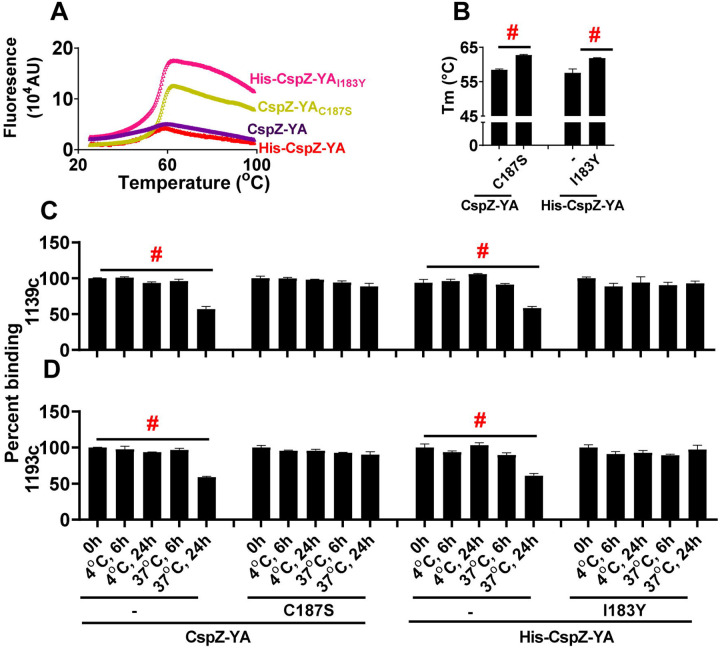Figure 6. CspZ-YAC187S and CspZ-YAI183Y maintained the recognition by protective CspZ IgGs at higher temperature for longer period of time.
(A and B) Untagged CspZ-YA or CspZ-YAC187S (CspZ-YAC187S) or histidine tagged CspZ-YA (His-CspZ-YA) or CspZ-YAI183Y (His-CspZ-YAI183Y) (10 μM) in PBS buffer were subjected to the thermoshift assays described in the materials and methods. (A) Shown is the fluorescence intensities of each of the CspZ-YA proteins under the temperatures ranging from 25 to 99°C from one representative experiment. (B) The melting temperature (Tm) was extrapolated from the maximal positive derivative values of the fluoresces intensity (d(RFU)/dT) as bars. Data shown are the mean ± standard deviation of the Tm values for each of the CspZ-YA proteins from eight experiments. Statistical significance (p < 0.05, Kruskal Wallis test with the two-stage step-up method of Benjamini, Krieger, and Yekutieli) of differences in percent binding between groups are indicated (“#”). (C and D) One μg CspZ-YA, CspZ-YAC187S (C187S), His-CspZ-YA, or His-CspZ-YAI183Y (I183Y) was incubated at 4 or 37°C for 6- or 24-h prior to being coated on microtiter plate wells. The microtiter plate wells immobilized with each of these proteins before incubation (0-h) were included as unincubated control. The ability of the CspZ monoclonal IgG, (C) 1139c or (D) 1193c, to recognize each of these CspZ-YA proteins were determined using ELISA in the section “Accelerated stability study” in Materials and Methods. The work was performed on four independent experiments (one replicate per experiment). Data are expressed as the percent binding, derived by normalizing the levels of bound 1139c or 1193c from the wells coated with each of the CspZ-YA proteins in different incubating conditions to that in the unincubated control. Data shown are the mean ± standard deviation of the percent binding of 1139c or 1193c from four experiments. Statistical significance (p < 0.05, Kruskal Wallis test with the two-stage step-up method of Benjamini, Krieger, and Yekutieli) of differences in percent binding between groups are indicated (“#”).

